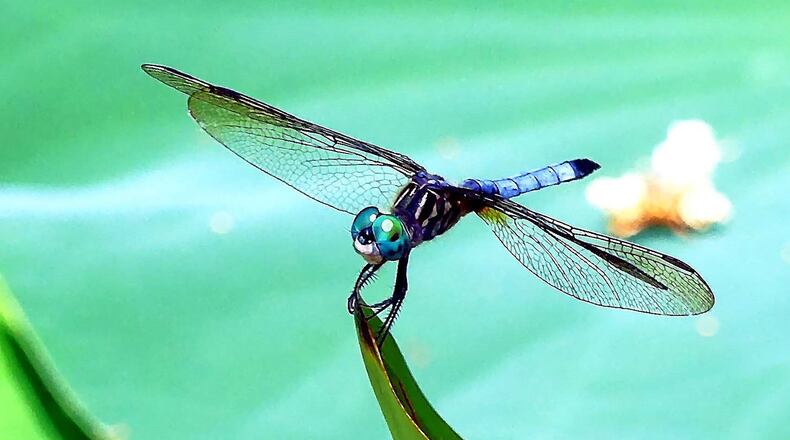You may not have realized that the day before the 4th of July, which we celebrated on Wednesday, was the traditional beginning of the 40-day period known as the “Dog Days of Summer.”
“Dog Days” conjures up the hottest, muggiest time of summer, supposedly coinciding with the 40 days — July 3 through Aug. 11 — in which Sirius, the dog star, rises and sets closely with the sun. (At other times of the year, Sirius is the brightest star in the night sky.)
Sirius really has no effect on Earth’s weather, but ancient people believed that it did. To ancient Greeks and Romans, the period of Sirius’s rising and setting with the sun was linked to heat, drought, sudden thunderstorms, lethargy and mad dogs.
Similar beliefs persist today. For many of us Southerners, Dog Days means a time of oppressive heat, so hot that panting dogs laze around all day in the yard or under the front porch, too lazy to chase even a slow-moving car.
But whatever the origin of Dog Days, few people probably would dispute that July through mid-August usually is the hottest time of year, occasionally jolted by thunderstorms and lightning.
Dog Days has inspired many myths and folk tales. One is that snakes — even non-venomous ones — are more aggressive during this period and will deliberately attack humans. There’s no truth to that.
The Dog Days, though, is a busy time for a multitude of wildlife. It’s prime egg-laying time for several snake species, including, corn, rat, Eastern hognose and rainbow snakes. On Georgia’s barrier islands, July is peak egg-laying time for loggerhead sea turtles. It’s also egg-laying time for several freshwater turtles and, in South Georgia swamps, for alligators. Cicadas drone loudly by day now; katydids do so at night. Fireflies flicker in the evenings, and butterflies, dragonflies, damselflies and bumble bees delight in the hot, sunny weather.
IN THE SKY: From David Dundee, Tellus Science Museum astronomer: The moon will be new on Thursday. Mercury is low in the west just after dark. Brightly shining Venus is in the west at dusk and sets about three hours later. Mars, which will be very bright in July, rises in the east at around midnight. Jupiter is high in the south and Saturn is high in the east around dusk.
About the Author
Keep Reading
The Latest
Featured


